Understanding the Benefits of Using Brass Elbow Fittings in Plumbing Systems
In the realm of plumbing systems, the significance of choosing the right fittings cannot be overstated. Brass elbow fittings, in particular, have emerged as a preferred choice among professionals due to their remarkable durability and corrosion resistance. According to a 2021 industry report by the Plumbing Manufacturers International, brass components account for approximately 20% of the market share in the plumbing fittings sector, highlighting their widespread acclaim. The versatility of brass elbow fittings allows for seamless changes in direction within piping systems, ensuring efficient flow and minimizing potential leaks. Additionally, studies from the American Society of Plumbing Engineers indicate that the longevity of brass fittings can exceed 50 years when properly maintained, making them a cost-effective solution over time. As plumbing standards evolve, understanding the advantages of using brass elbow fittings becomes essential for both new installations and retrofitting existing systems.
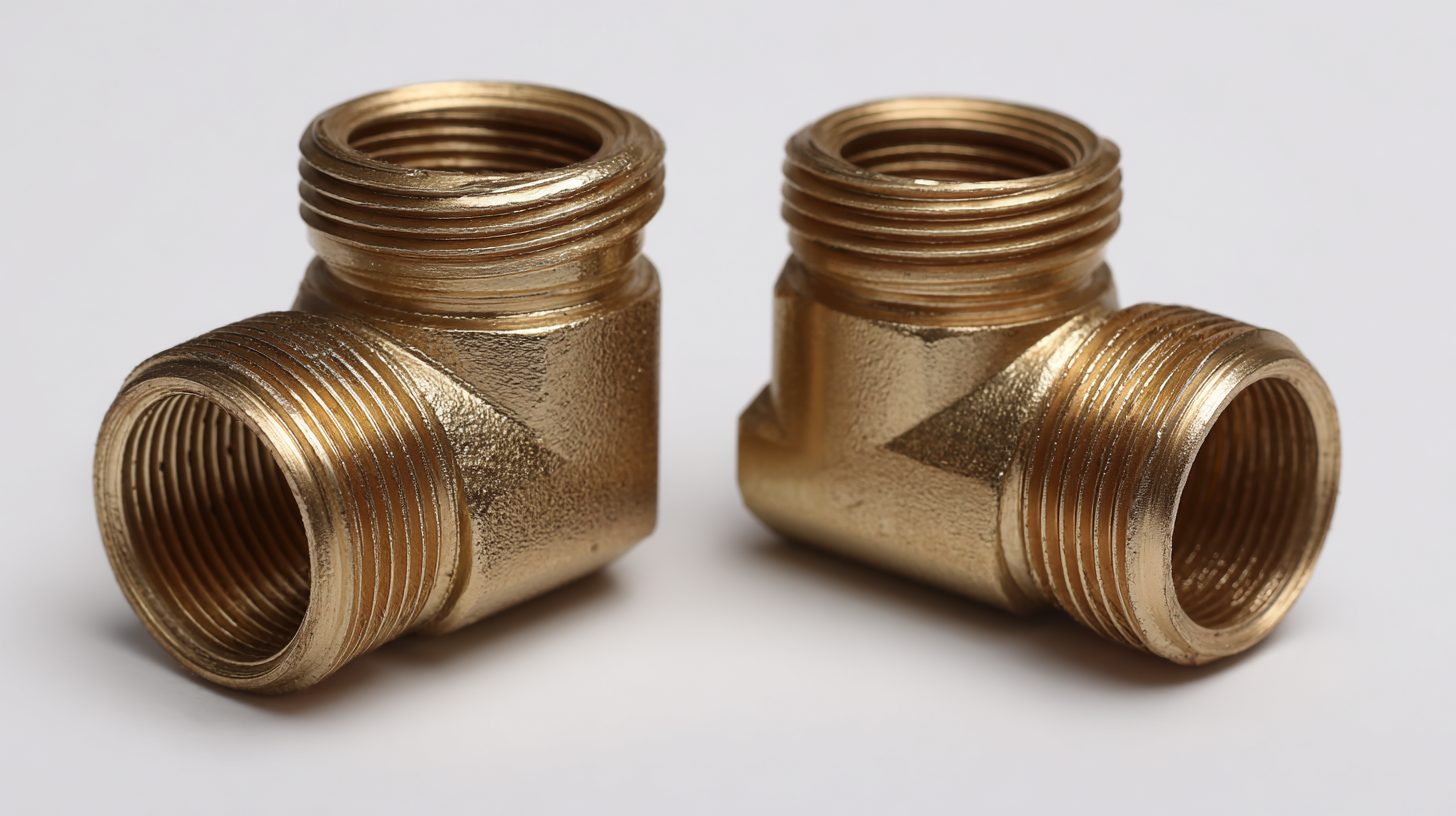
Choosing the Right Brass Elbow Fittings for Your Plumbing Needs
When selecting brass elbow fittings for your plumbing needs, it's essential to consider factors such as the size, pressure rating, and application type. Brass fittings are renowned for their durability and resistance to corrosion, making them an excellent choice for both residential and commercial plumbing systems. The right elbow fitting will ensure a secure connection in tight turns, effectively directing water flow without compromising pressure.
Understanding the specific requirements of your plumbing setup is crucial. For example, if you're working in a confined space, choosing compact brass elbow fittings can help maintain a streamlined appearance while ensuring functionality. Additionally, consider the temperature and pressure conditions of your plumbing system, as this will influence the fitting’s performance and longevity. Investing in high-quality brass fittings will not only enhance the reliability of your system but also reduce the likelihood of costly leaks or replacements in the future.
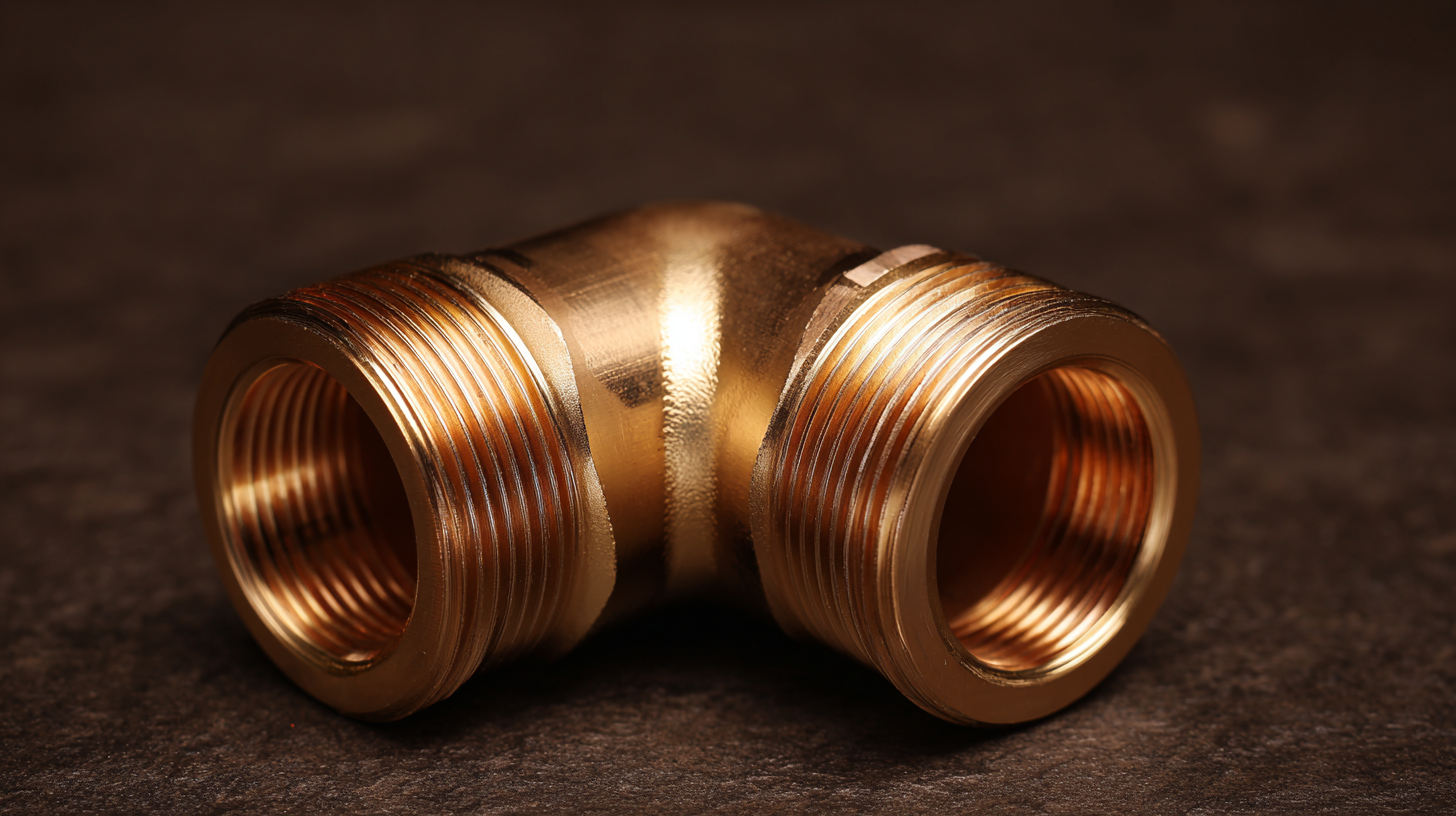
Installation Tips for Brass Elbow Fittings in Different Plumbing Systems
When installing brass elbow fittings in plumbing systems, choosing the right technique and understanding the nuances of each system is crucial for achieving optimal performance. According to a report by the Plumbing Manufacturers International (PMI), the longevity and reliability of brass fittings significantly exceed that of alternative materials, particularly in high-pressure applications. Therefore, proper installation methods are essential to harness the benefits of these durable fittings.
For residential plumbing systems, it is essential to ensure that the fittings are securely tightened but not over-tightened to avoid damage. A study conducted by the American Society of Plumbing Engineers (ASPE) indicates that a torque wrench can help achieve the recommended torque specifications, which typically range from 10 to 20 foot-pounds depending on the pipe size. In commercial systems, where higher flow rates and pressures are common, proper alignment and support of the elbow fittings ensure minimal stress on the joints, thus reducing the risk of leaks and failures. Emphasizing these installation tips not only promotes system efficiency but also enhances the lifespan of the plumbing network.
Benefits of Using Brass Elbow Fittings in Plumbing Systems
Maintaining and Caring for Brass Elbow Fittings to Ensure Longevity
Brass elbow fittings are integral components in plumbing systems, but their longevity depends largely on proper maintenance and care. To ensure these fittings remain functional and free from corrosion, regular inspections are essential. Homeowners should be vigilant about leaks or signs of wear, as these can lead to significant water damage over time. Cleaning the fittings periodically, especially in hard water areas, can prevent mineral buildup that may compromise their integrity.
Moreover, fostering a preventative mindset is crucial. Just as social connections enhance overall health and well-being, maintaining robust plumbing systems contributes to a healthier living environment. Ensuring that brass elbow fittings are properly tightened and that any worn-out seals are promptly replaced can prevent major issues down the line. This proactive approach not only extends the life of the fittings but also promotes the longevity of the entire plumbing system, thus providing peace of mind and safeguarding the home against unforeseen complications.
Comparing Brass Elbow Fittings with Other Materials: Pros and Cons
Brass elbow fittings are a popular choice in plumbing systems due to their durability and resistance to corrosion. When comparing brass to other materials such as plastic and stainless steel, the advantages of brass become evident. Brass fittings can withstand high temperatures and pressures, making them ideal for a variety of plumbing applications. Additionally, they offer a secure seal that prevents leaks, which is crucial for maintaining the integrity of plumbing systems.
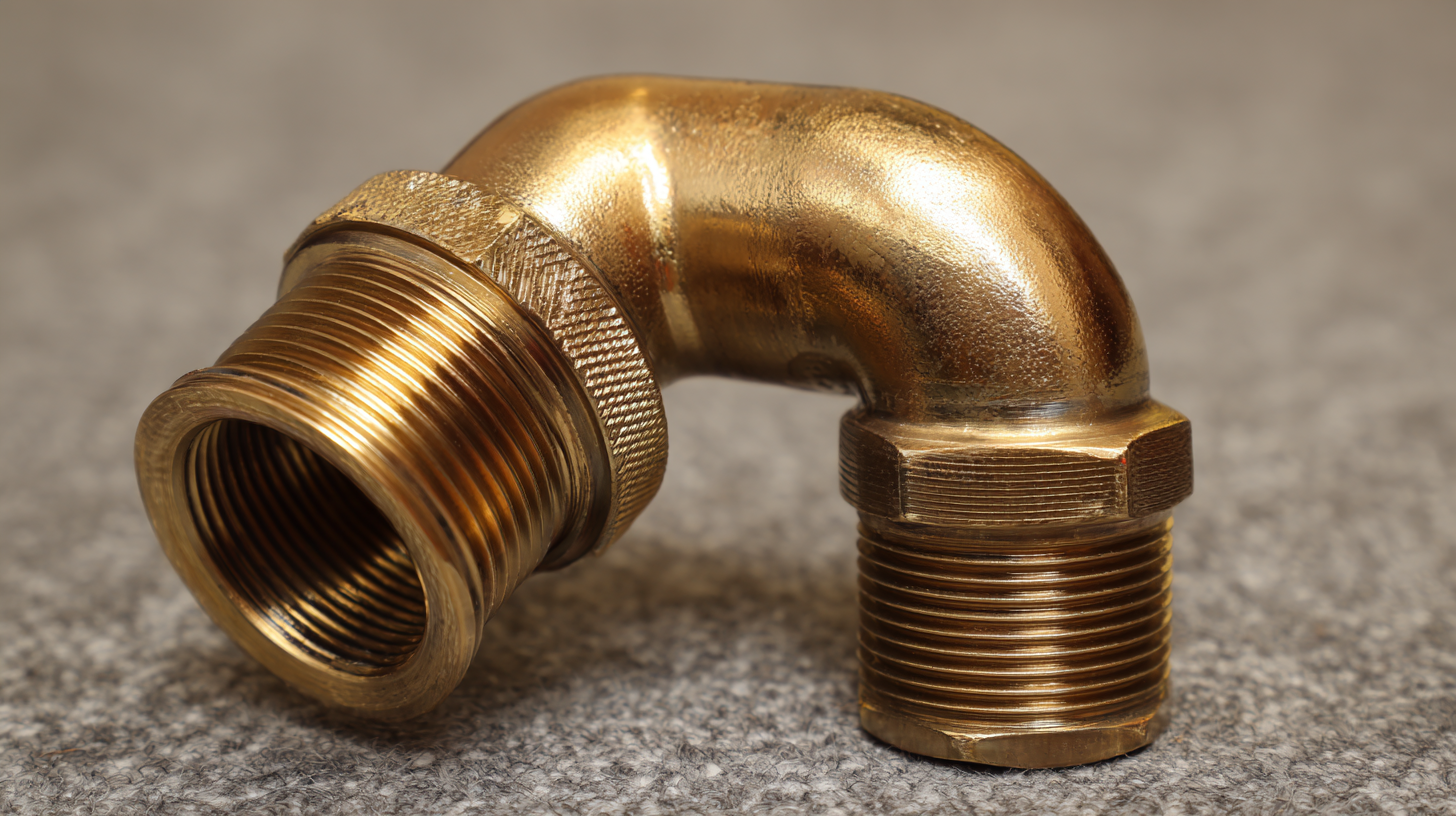
On the other hand, while plastic fittings are lighter and often more affordable, they lack the strength and longevity of brass. Stainless steel fittings, although robust and leak-proof, can be significantly more expensive. It's essential for plumbers and homeowners alike to weigh these factors carefully, considering the specific needs of their projects. Each material comes with its unique set of pros and cons, and understanding these can lead to better decision-making when choosing fittings for plumbing systems.
Identifying Common Issues with Brass Elbow Fittings and How to Fix Them
Brass elbow fittings are widely used in plumbing systems, but they can encounter several common issues that may affect their performance. One prevalent problem is corrosion, which can occur due to the electrolyte reactions within the plumbing system. Over time, this corrosion leads to leaks, reduced water pressure, and a compromised connection. To fix this issue, it's essential to regularly inspect the fittings and apply a corrosion-resistant sealant or replace the elbow fitting if significant wear is detected.
Another frequent concern is improper installation, which can result in misalignment or stress on the fittings. This misalignment can cause leaks and eventually damage the plumbing system. To remedy this issue, ensuring proper alignment during installation is crucial. Adjusting the pipes before tightening the fittings can help distribute stress evenly. If leaks persist, it is advisable to disassemble the fitting, inspect for any damage, and reassemble it with the right torque to ensure a secure connection. Regular maintenance and awareness of these common issues can extend the life of brass elbow fittings in plumbing systems.
Understanding the Benefits of Using Brass Elbow Fittings in Plumbing Systems - Identifying Common Issues with Brass Elbow Fittings and How to Fix Them
| Benefits of Brass Elbow Fittings | Common Issues | Fixing Issues |
|---|---|---|
| Corrosion resistance | Leaking joints | Tighten fittings and check seals |
| Durability and longevity | Discoloration | Clean surface with appropriate cleaners |
| Excellent heat resistance | Cracks under pressure | Replace damaged fittings |
| Easy to install | Connection misalignment | Re-adjust or use washers |
| Resistant to rust | Poor flow due to debris | Inspect and clean fittings |
Related Posts
-
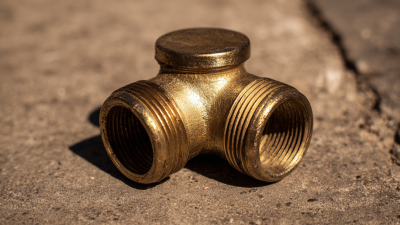
Essential Checklist for Choosing the Right Brass Elbow for Your Project
-

How to Choose the Best Brass Elbow for Your Plumbing Needs
-
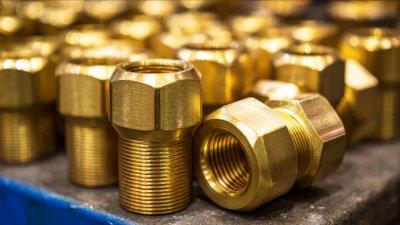
7 Essential Tips for Sourcing High-Quality Brass Elbows in Today's Global Market
-

The Ultimate Guide to Sourcing High-Quality Brass Fittings for Your Business Needs
-
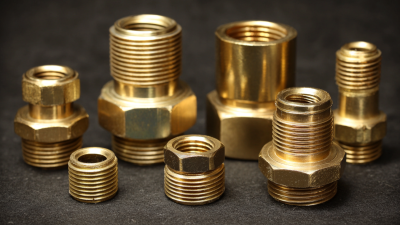
How to Choose the Right Brass Fittings for Optimal Plumbing Efficiency
-
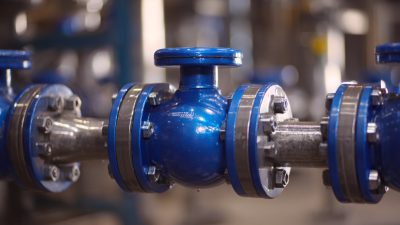
How to Choose the Right Ball Valve for Your Industrial Applications
